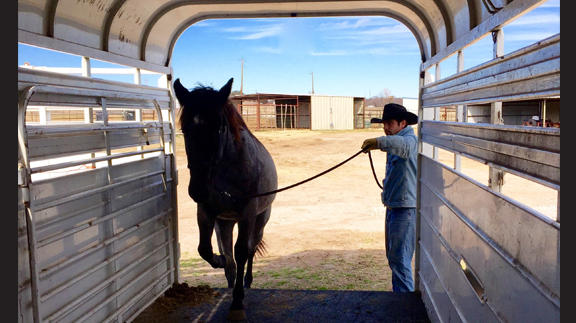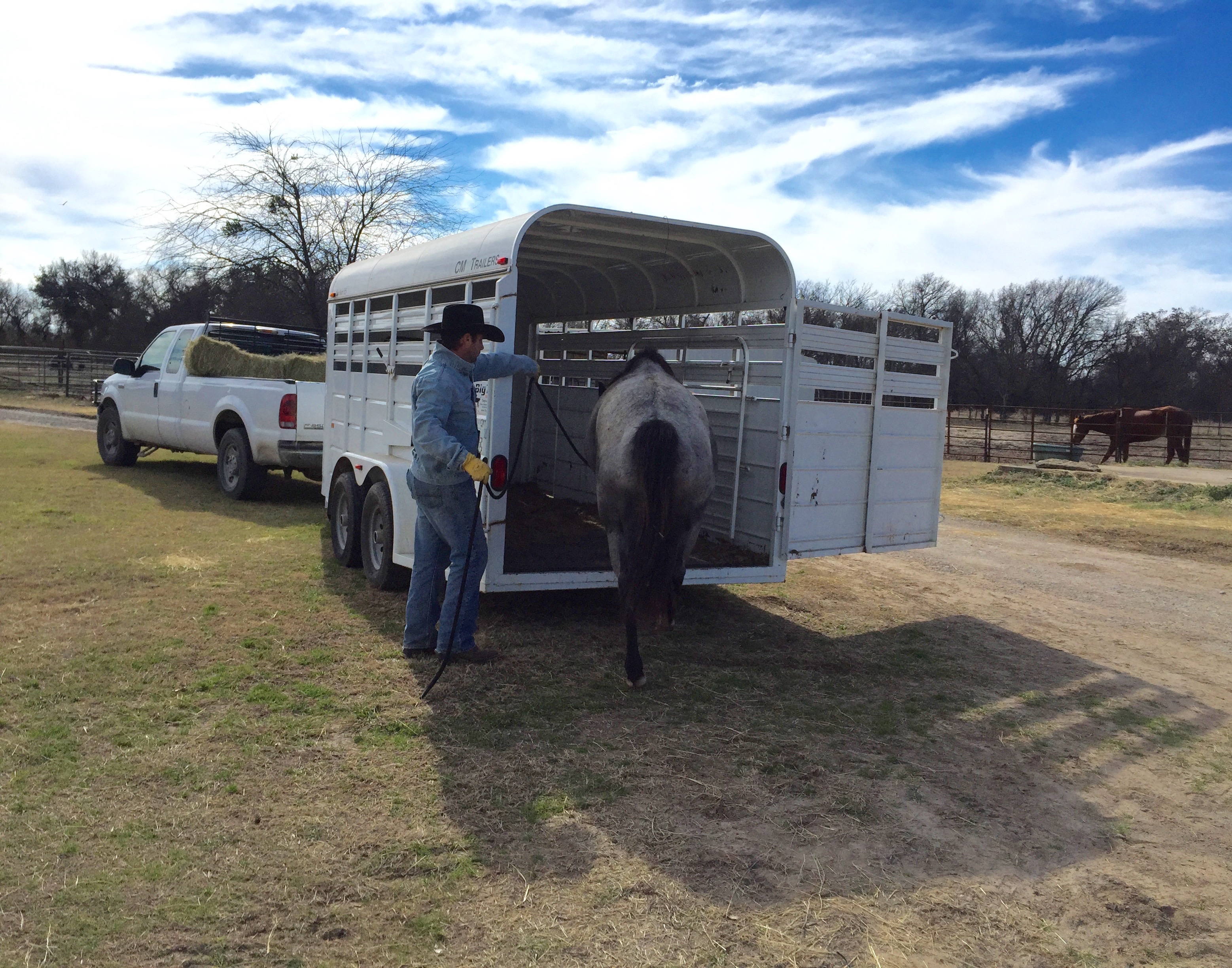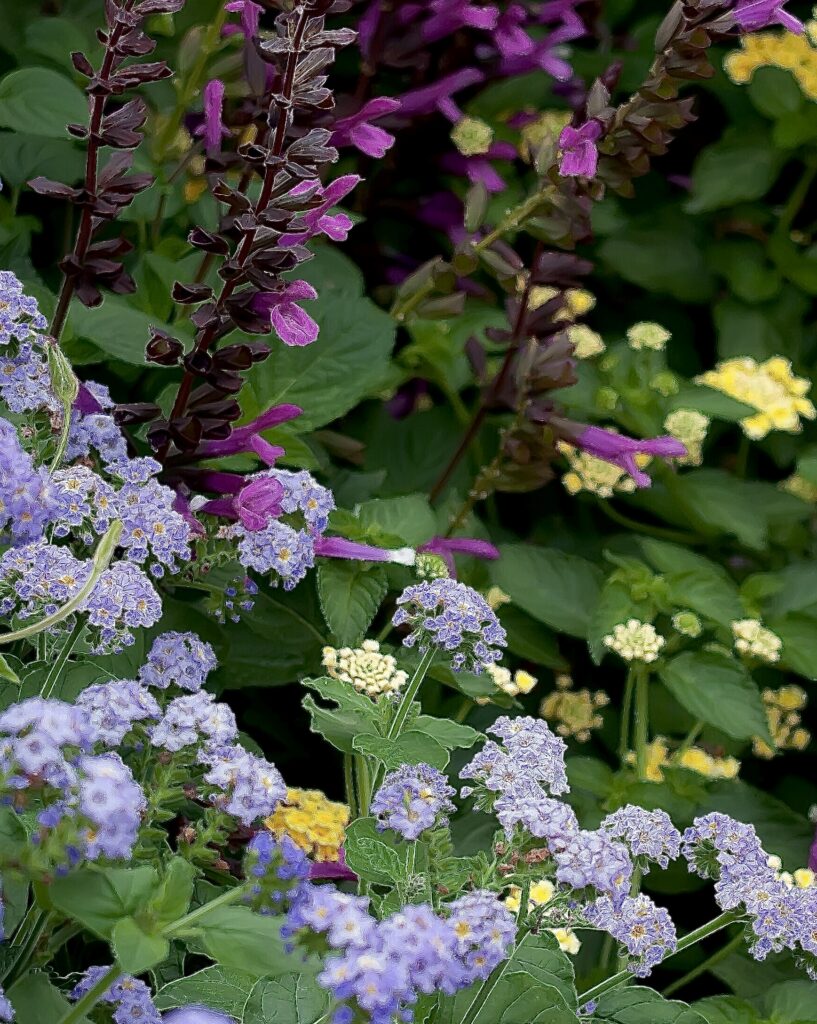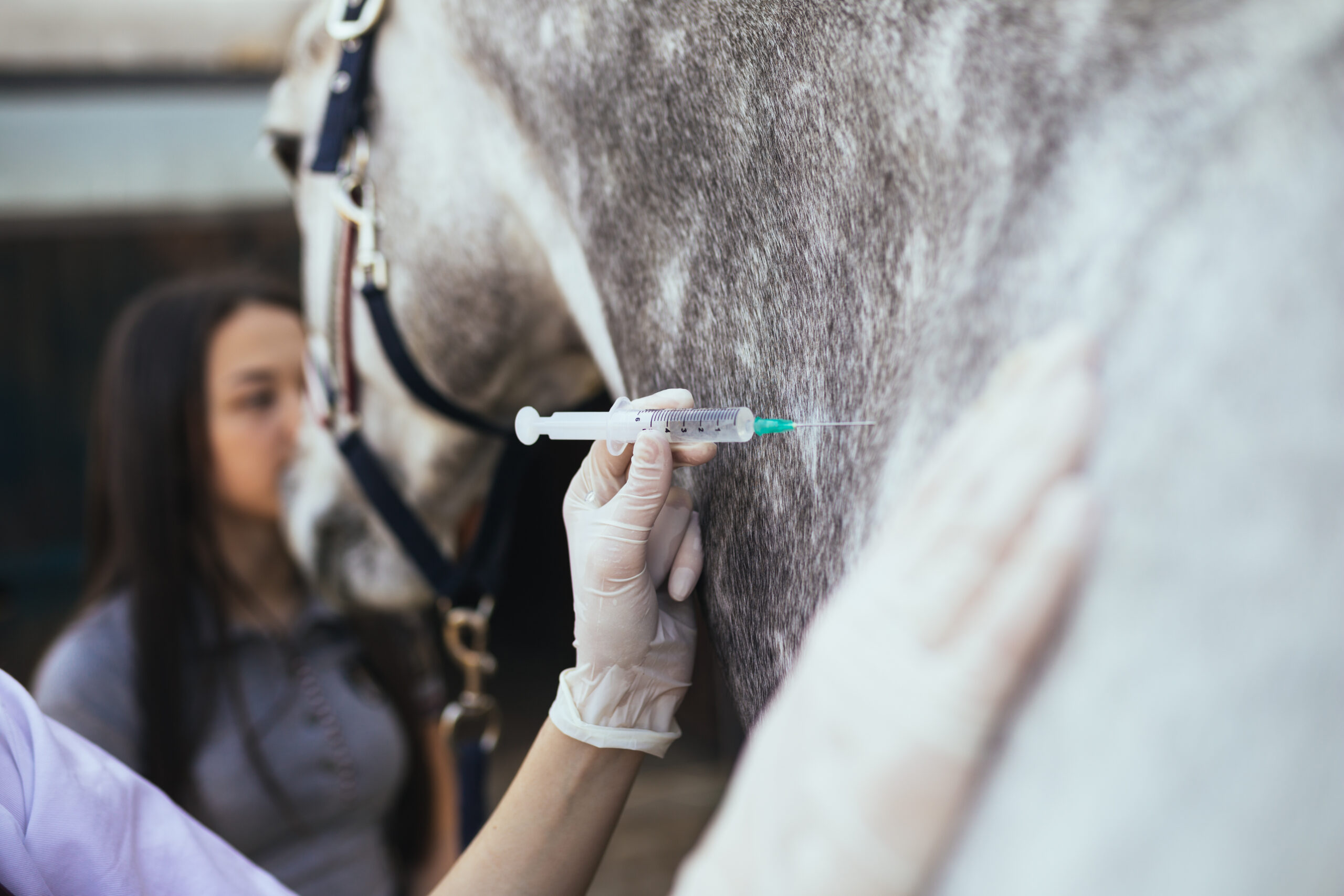HOME
Trailer loading- The Natural Horseman

One of the easiest and most difficult things to do with horses is the infamous, somewhat elusive, potentially dangerous for you and the horse- the one, the only trailer loading. We all have to learn to do it at some point if you are going to reach any kind of horsemanship level. Whether you are hauling horses to the big show, picking up a new baby or most importantly- getting a horse to the vet as quickly as possible. It also gives us freedom with our horses. None of that is possible if you can’t get your horse in the trailer.
About Twenty years ago…
We were in a hurry to get the sorrel colt down the road to a roping event. The colt was strong and still carried that wild look in his eyes. We were running late and the rest of the herd was loaded. We loaded him in the back of the stock trailer as to follow the rest of his herd friends. This had worked a time or two before with a little motivation from whipping the horse from behind.
But today would be a big eye opener for me in the art of horse training. I was with some top hands who I looked up to and followed on their every word. Today the sorrel colt did not want to load and daylight was burning. So the whipping, yelling and frustration was rising like a tide, like a fast coming tsunami. The colt started to lash out at the whips and pressure by kicking out, all three of us were shoving on his rippling muscles trying to push him in, endangering ourselves and sending the colt into complete survival mode. One of the hands said ‘you won’t best me you son of a gun”. And he ran a lariat through the halter and up through the front of the trailer. He gave me the tail to pull on and the other whipped from behind. I had seen this done before but without the ferocious fight. I knew everything inside me was telling me that the horse was scared and we weren’t getting anywhere. But I followed my cohorts and the gang leader just like we were robbing the pacific railroad and I was told to keep my gun on the conductor. The gelding was now covered in sweat and legs were bleeding from bouncing off the back of the trailer. Finally the colt seemed to give in and half way entered the trailer. But an ill advised whip and the horse reared and hit his head in the trailer, ripping the rope out, ripping the skin off my hands, falling backwards and crashing into the ground.
The horse was on the ground helpless, scared to get up, with blood on his head. I knew this couldn’t be the right way. But embarrassingly so, I didn’t want my peers to see I was a sensitive man and implore them to think of me as less of a cowboy, so I said nothing.
The colt was fine later, but these are situations that I look back on and wish I would have known then what I know now. How I may have been able to help the situation.
I am proud to say that over twenty years later, I have learned, new methods.I have loaded hundreds of horses that were scared to load or had never been loaded and have not used force to load a single horse. I now use pressure and release techniques to make the wrong thing difficult which is used when the horse doesn’t step forward towards the trailer. This takes timing and patience. It is really the simplest technique ever. We just want to make the trailer a place of comfort for the horse and we do that by making him work outside the trailer by moving his feet- lunging, rollbacks, backing, you name it and when he goes towards the trailer we release the pressure. With a little patience they can learn to load. Over time they will beg you to go into the trailer.

It is great to teach the horse how to be sent into the trailer along with being able to lead them into it. (Photo courtesy of Amanda Stevens)
I want to issue a challenge to all horsemen and horsewomen out there- to learn how to load your horses quietly and smoothly, teaching them to want to be in the trailer. Don’t wait until you have to go somewhere. Work on it with patience and grace and when you have the time that it takes.
Post your best trailer loading moment on our Facebook page at Stevens Natural Horsemanship and we will share it with all of our friends.
https://www.facebook.com/StevensNaturalHorsemanship/videos/411193645576520/
HOME
Preparing Spring Gardens

By Hannah Claxton | Editor
The North Texas area is located within USDA Hardiness zones seven and eight. The zones are categorized by predicted low temperatures for winter and timing of the first and last frosts.
Zone seven usually has winter low temps between 0 and 10 degrees F with the average date of the first frost falling between Oct. 29 and Nov. 15 and the average date of the last frost falling between March 22 and April 3.
Overall, these two zones have similar climates and growing conditions, making the options for timing and variety within a garden very similar.
In these zones, cool-season crops should go in the ground in March, meaning that soil preparation should start now.
To read more, pick up a copy of the January edition of North Texas Farm & Ranch magazine, available digitally and in print. To subscribe by mail, call 940-872-5922.

HOME
Equine Vaccinations

By Heather Lloyd
Vaccinations are a critical component of maintaining the health and well-being of horses, especially in environments where they are exposed to other animals, such as in the sport, show and performance arenas. Horses, like all animals, are susceptible to various infectious diseases that can spread quickly and cause serious harm.
A routine vaccination schedule helps prevent the spread of these diseases by preparing the horse’s immune system.
To read more, pick up a copy of the November edition of North Texas Farm & Ranch magazine, available digitally and in print. To subscribe by mail, call 940-872-5922.

HOME
Wichita Falls Area Cattlewomen

Having herds on a controlled breeding schedule means that we have a predictable calving schedule, and while it’s only over a couple of months, for us it does fall right after the start of the year. I lobby annually to call ours the “Winter calving season”, but I am outvoted and my husband still refers to it as Spring. Unlike producers in our Northern States, we don’t have to contend with brutally harsh winter weather, and on those rare times we do, thankfully it is not for extended periods. Regardless of whether you have a Spring or a Fall calving schedule, the health of a newborn calf begins with the mother’s health, and the mother’s health is largely dependent on the producer.
To read more, pick up a copy of the November edition of North Texas Farm & Ranch magazine, available digitally and in print. To subscribe by mail, call 940-872-5922.

-

 Country Lifestyles2 years ago
Country Lifestyles2 years agoScott & Stacey Schumacher: A Growth Mindset
-

 Country Lifestyles8 years ago
Country Lifestyles8 years agoStyle Your Profile – What your style cowboy hat says about you and new trends in 2017
-

 HOME8 years ago
HOME8 years agoGrazing North Texas – Wilman Lovegrass
-

 Outdoor10 years ago
Outdoor10 years agoButtercup or Primrose?
-

 Country Lifestyles5 years ago
Country Lifestyles5 years agoAmber Crawford, Breakaway Roper
-

 Equine1 year ago
Equine1 year agoThe Will to Win
-

 Country Lifestyles9 years ago
Country Lifestyles9 years agoJune 2016 Profile – The man behind the mic: Bob Tallman
-

 Country Lifestyles8 years ago
Country Lifestyles8 years agoDecember 2016 Profile, Rusty Riddle – The Riddle Way




